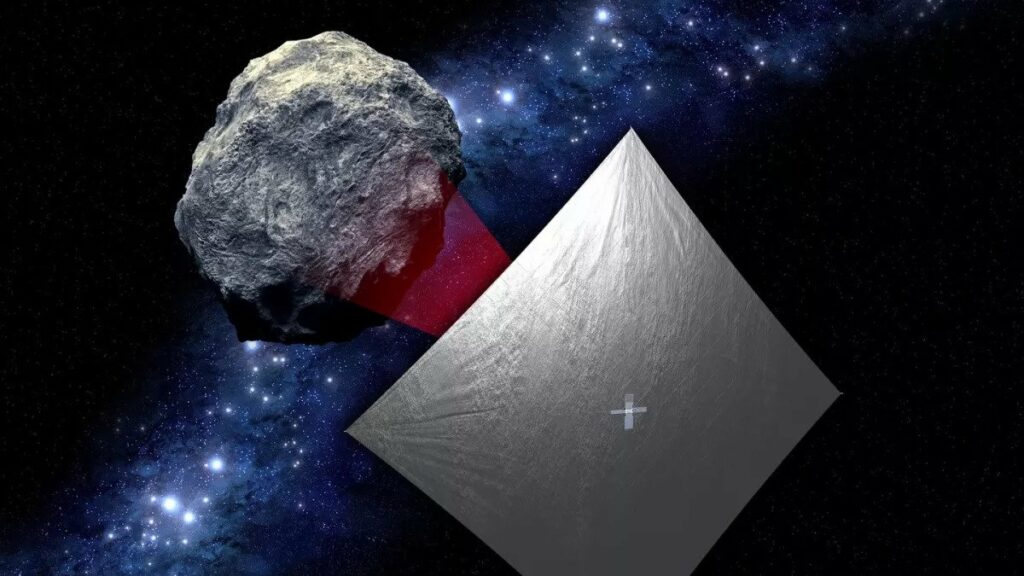The NEAScout cubesat, designed to study a near-Earth asteroid, has not yet made contact. But experts sent a command to it to open the solar sail and hope to see it in the near future.

The missing NEAScout cubesat
When the Artemis I mission launched on November 16, 10 small probes went into space together with the Orion spacecraft. On Monday, they were to separate from the main vehicle and begin their independent missions. But not everyone succeeded.
Among those failing to communicate was the NEAScout device created by NASA to study the near-Earth asteroid 2020 GE. The device was supposed to use a solar sail as the main propulsion system. Thanks to it, the craft was supposed to reach his goal in a year and make a flight at a close distance.
NEAScout still hasn’t sent any signals in response to scientists’ requests, but they’re not giving up hope of finding out what happened to it. Its mirror with an area of 86 m2 is supposed help them in this. Specialists have already given the device a command to open it twice.
Even if NEAScout doesn’t respond, it could be because it only has a problem with the antenna pointing to Earth. In this case, experts expect to see its open mirror in a telescope.
Results of the launch of small cubesats
The outcome of the launch of the small cubesats with the Artemis I mission remains controversial. NEAScout was to become one of its major achievements. If successful, it would be NASA’s first solar-sail vehicle to leave the Earth-Moon system, a huge step up from the LightSail vehicle that was tested a few years ago and recently burned up in the atmosphere.
Additionally, if the mission is successful, people will be able to learn more about near-Earth asteroids like 2020 GE. This will help to better design missions to deflect them or to extract minerals from them.
So far, there is no positive news from NEAScout, as well as from a number of other cubesats. At the same time, the Japanese EQUULEUS mission has already made its first flyby of the Moon, and the Italian ArgoMoon device sent its stunning photos to Earth.
According to www.space.com

